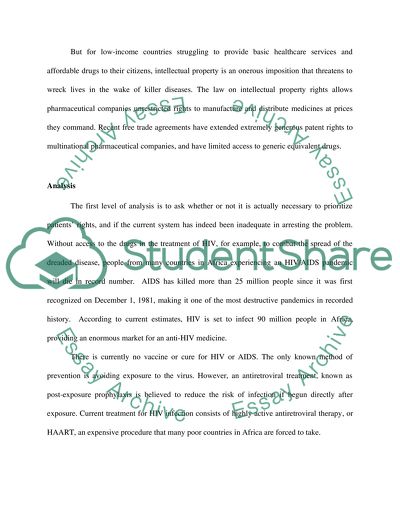Cite this document
(Introducing Health Care and Intellectual Property Laws Essay, n.d.)
Introducing Health Care and Intellectual Property Laws Essay. https://studentshare.org/law/1509748-health-care-and-intellectual-property-laws
Introducing Health Care and Intellectual Property Laws Essay. https://studentshare.org/law/1509748-health-care-and-intellectual-property-laws
(Introducing Health Care and Intellectual Property Laws Essay)
Introducing Health Care and Intellectual Property Laws Essay. https://studentshare.org/law/1509748-health-care-and-intellectual-property-laws.
Introducing Health Care and Intellectual Property Laws Essay. https://studentshare.org/law/1509748-health-care-and-intellectual-property-laws.
“Introducing Health Care and Intellectual Property Laws Essay”. https://studentshare.org/law/1509748-health-care-and-intellectual-property-laws.


